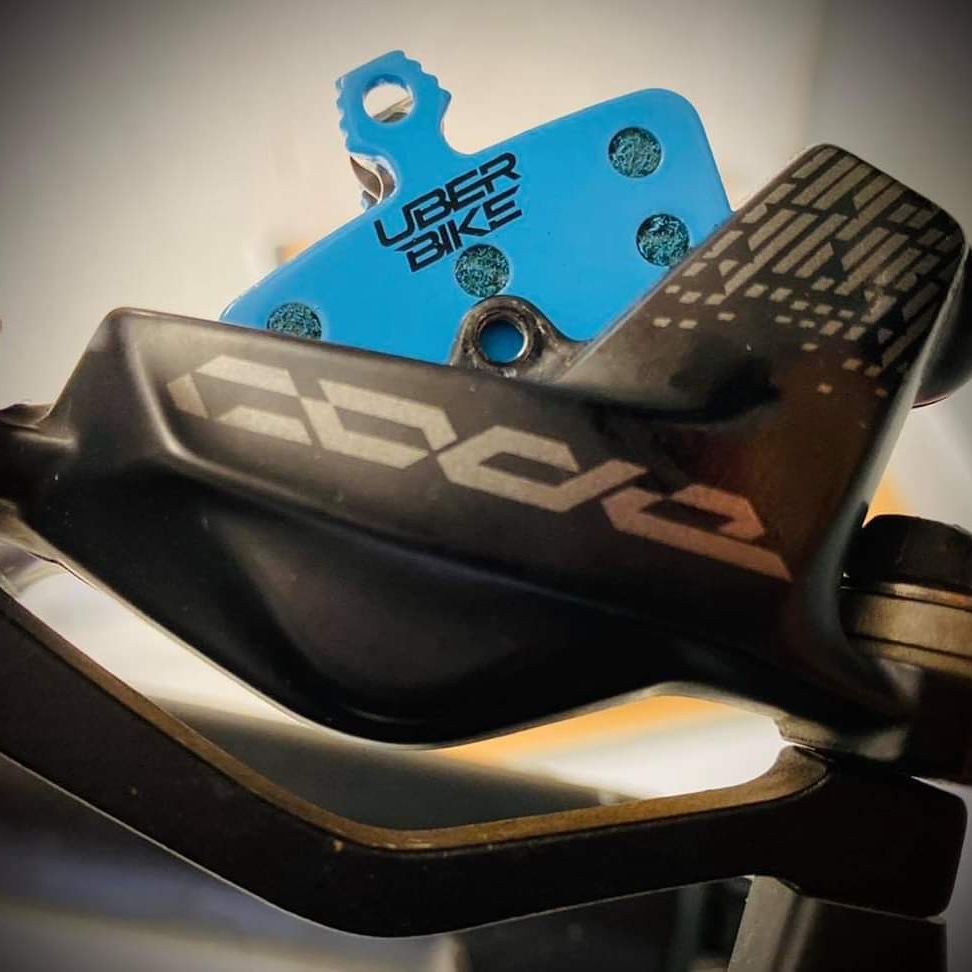We recommend that you bed in your disc brakes pads with a series of short firm stops (10- to 15 times is generally sufficient) from a modest speed of around 10mph before you use the brakes out on the trail. You will feel your brakes performance increase each time you run through this cycle. Following this procedure will correctly and evenly transfer the pad material on the braking surface of the rotors. Avoid coming to a complete stop in the middle of the bedding-in process. The transfer layer applied to the rotor needs to be consistent, and coming to a stop can leave extra pad material in one spot on the rotor. This can affect modulation and cause brake noise and vibration.
A loss of power is often caused by glazed pads, which can be caused by braking too hard and generating too much heat before the pads are fully bed in. Pad contamination is another common cause, taking just a small amount of oil or grease on the pads to decrease power dramatically. This is why you should never touch disc pads or with your oily fingers. If your pads appear glazed, you can try sanding them down and repeat the bedding in cycle. If you have contaminated your pads, clean both the rotor and disc brake pads with a disc brake cleaner, although depending on the amount of glazing/contamination, this isn't always guaranteed to work, in which case you will need to install new pads.
